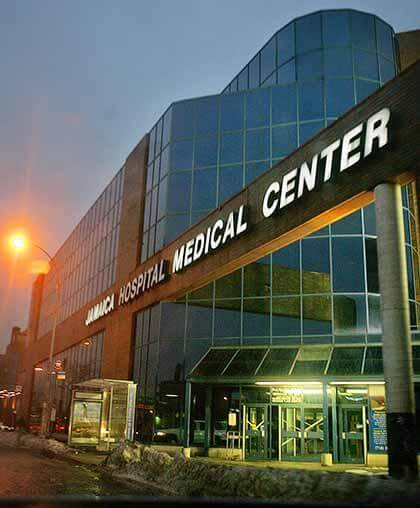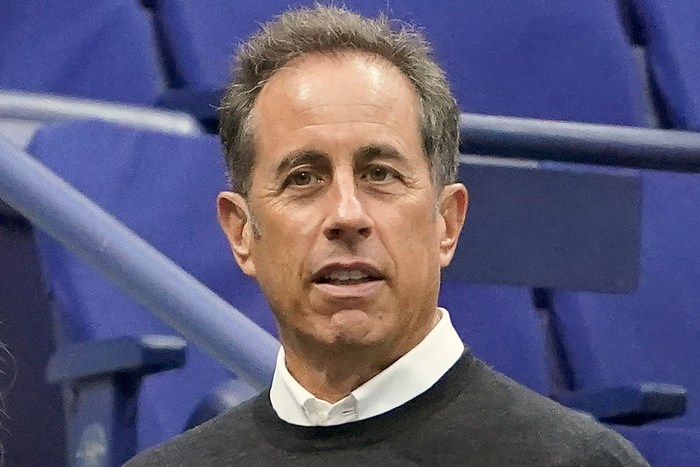By Connor Adams Sheets
The city’s inadequate response to last week’s snowstorm left Queens hospitals facing incredible hardships as ambulances throughout the borough had to be towed while trying to cover medical emergencies and human chains were formed to get vital supplies into Flushing Hospital.
Flushing Hospital was severely inconvenienced during the blizzard as unplowed streets hampered vehicle access, according to Michael Hinck, spokesman for MediSys Health Network, which includes Flushing and Jamaica hospitals.
“It was extra difficult to work around the issue of streets not being plowed at Flushing. The streets didn’t get plowed until Tuesday evening. We made several attempts to contact the city and request the streets get plowed,” Hinck said in an interview last week. “Because the streets weren’t plowed as soon as we had wished, it was difficult getting patients to the hospital and it was difficult for patients getting discharged to leave the hospital.”
The problems getting patients in and out of borough hospitals led to severe overcrowding. The emergency room at New York Hospital Queens in Flushing was overwhelmed by patients for the entire week after Christmas, said Dr. Diane Sixsmith, chairwoman of the city Department of Emergency Medicine, but the heroic efforts of staff kept door-to-doctor waiting times to the usual 30 minutes.
“In our holding area at all times we were holding about 40 to 50 people. We have a 30-patient holding unit that was full with patients who had been moved out of the ER and were waiting for beds upstairs and another 10 to 20 patients were in the ER at all times waiting for beds,” she said in an interview Monday. “People didn’t wait any longer than usual, but it was so overcrowded that we had to see some people in chairs and in hallways rather than their own personal cubicles.”
Flushing Hospital experienced a similar bottleneck of patients in its emergency room, Hinck said.
Ambulances got stuck while attempting to respond to 911 calls and a number of them had to be towed or dug out en route to and from Flushing Hospital, at 45-00 Parsons Blvd., and NYHQ, at 56-45 Main St.
Staff members of both facilities with four-wheel-drive vehicles drove fellow employees stranded at home to work. But once vehicles got to Flushing Hospital, buses stuck in the snow on nearby streets often made it even harder to get near the facility, according to Hinck.
For the dozens of hours when the main access roads to Flushing Hospital — 45th Avenue and Burling and Delaware streets — were buried under inches of snow, there was a problem getting supplies to the facility. NYHQ had no problems with supplies because the main roads to the facility — Main Street and Booth Memorial Road — were “cleared promptly” by the city, according to Sixsmith.
“Food deliveries, medical supplies and other supplies couldn’t be unloaded at the hospital because the streets surrounding the hospital were not plowed. Trucks could not get down there, so we had to physically form a human assembly line to get the trucks unloaded,” Hinck said. “They couldn’t access the block where the loading dock was, so [they parked] around the corner.
Despite the disruptions caused by the blizzard, Hinck and Sixsmith emphasized that the hospitals still provided top-notch care.
“Our staff really stepped up,” Hinck said. “So patient care wasn’t affected by the storm.”
Jamaica Hospital, at 89-00 Van Wyck Expwy., faced its own challenges, but they were not as severe as the ones experienced at Flushing Hospital and NYHQ.
The main problem at the southeast Queens facility was that the city did not plow 135th Street for dozens of hours, Hinck said, so there was trouble getting ambulances in and out of the facility.
“The message we want to get out is this storm has come and gone and hopefully lessons have been learned, but we want the hospitals to become a priority because people depend on the hospitals,” Hinck said.
Reach reporter Connor Adams Sheets by e-mail at csheets@cnglocal.com or by phone at 718-260-4538.





























